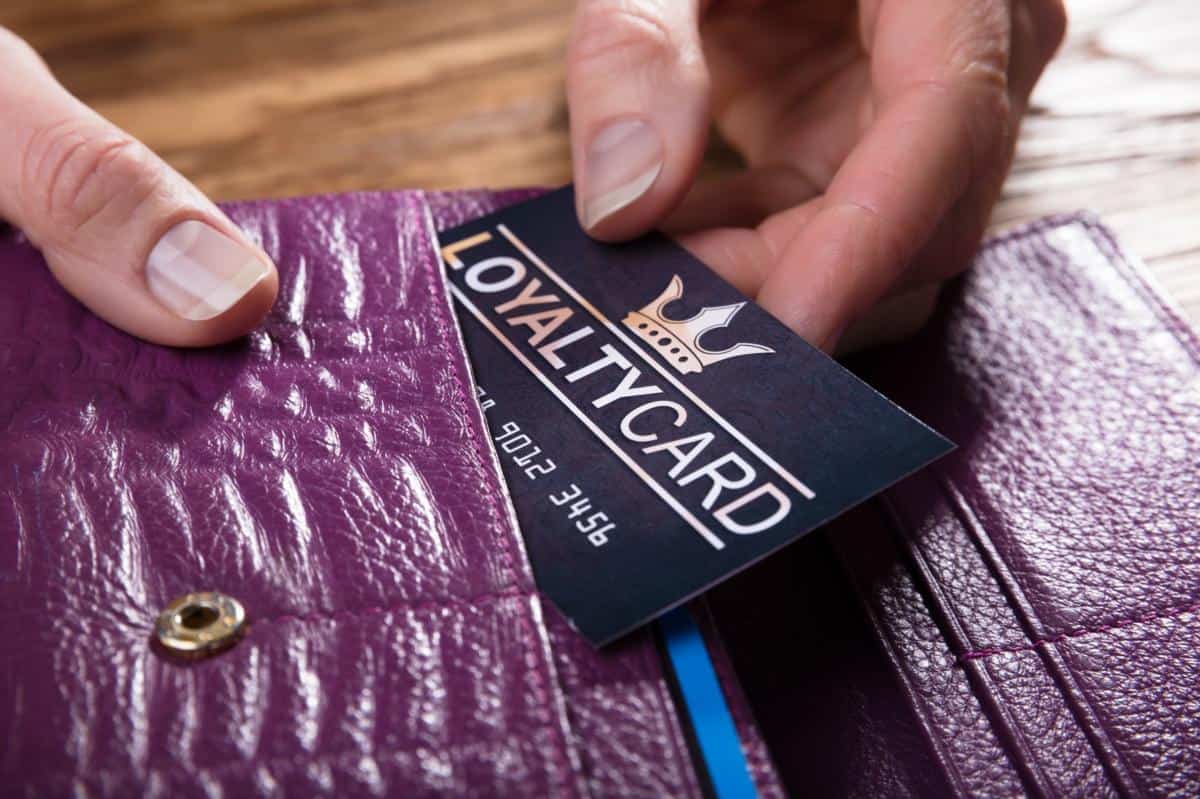Retail was among the sectors hardest hit by business failure in a year when company insolvency numbers were at their highest level since 2009, new analysis suggests. The business failures come at a time when government support during the Covid-19 pandemic came to an end as a new cost-of-living crisis emerged.
Analysis of the latest ONS insolvency statistics by restructuring and insolvency specialists PKF GM also suggests that 57% more businesses – a total of 22,109 – went into insolvency in 2022 than in 2021. Some 85% of those took place through creditors’ voluntary liquidations (CVLs) which were at their highest level since 1960. Compulsory liquidations and administrations were higher than the previous year, but lower than pre-pandemic.
Of the total insolvencies during the year, 19% (4,143) were construction companies and 15% – or 3,265 – were businesses in the ONS category of wholesale and retail trade, which also includes car and motorcycle repair businesses. Hospitality was the category with the third highest number of failures – with the failure of 2,704 businesses in the accommodation and food services category. Failures among RetailX Top500 ranked retail businesses in 2022 included Joules, Made, Missguided, and M&Co.
The proportion of CVLs in 2022 (85%) was up from 82% in 2021. PKF GM believes businesses more likely to take the CVL approach to shutting down a business because creditors can now take enforcement action, forcing directors to take pre-emptive action. It says there is significant anecdotal evidence that many liquidations involved small companies which had taken out Bounce Back Loans (BBLs) and were subsequently unable to repay them.
Oliver Collinge, a director in PKF GM’s restructuring team, says: “The large rise in corporate insolvency numbers is not surprising nor the industry sectors most impacted, given the cost of living crisis. Many distressed businesses managed to keep afloat through Covid by using the high level of government support available. Many businesses are still repaying BBLS or CBIL [coronavirus business interruption loan scheme] loans and HMRC liabilities deferred during the pandemic; rising input costs are adding to these cash flow pressures.”
ONS figures published this week show 5,995 company insolvencies registered in the fourth quarter alone. That’s the highest number since the fourth quarter of 2008. It’s 30% higher than a year earlier, and 7% higher than the previous quarter. Looking ahead, Collinge says businesses are likely to continue to be under pressure in the coming year.
“The current headwinds will create challenges even for some better-performing businesses in 2023, not only those that were already in survival mode,” says Collinge. “The IMF predicts that the UK will be the worst performing of the big economies in 2023 and a combination of working capital and supply chain challenges together with the cost of living crisis and rising interest rates means that the pressure on cash will continue. Unfortunately, we expect to see heightened levels of business failures for some time to come.
“It’s critical businesses act early and seek advice if they are struggling now or think cash flow may be squeezed in the coming months. The earlier they act, the more options they’ll have to secure the business’s long-term survival.”









